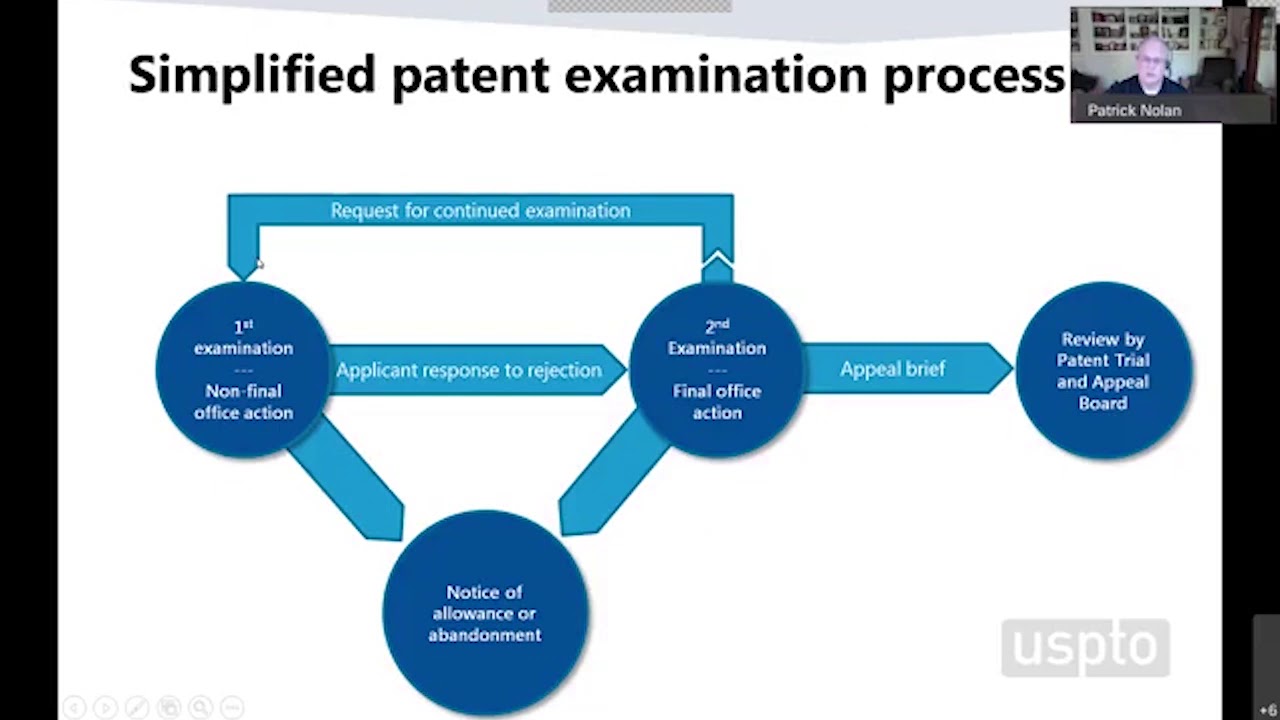Unveiling Utility Patents: Safeguarding Innovation and Intellectual Property:

Protecting unique and ground-breaking innovations is crucial in an innovation-driven environment to promote advancement and honour inventors for their achievements. The utility patent is one of the most important tools in the field of intellectual property. This article tries to debunk the myths surrounding utility patents by exploring their importance, reach, and advantages for both inventors and society at large.
Defining a Utility Patent:
A utility patent, often known as a “patent for invention,” is a legal document issued by a government body that grants the creator exclusive rights for a certain idea. This exclusive right entitles the creator to bar unauthorised production, use, sale, or import of the protected invention. Utility patents include a wide range of advances, including scientific discoveries, mechanical equipment, chemical procedures, and business strategies.
The Breadth of Protection:
A utility patent’s capacity to provide extensive protection is one of its defining characteristics. Utility patents cover an invention’s functional elements, as opposed to design patents, which emphasise an invention’s attractive appearance. This means that regardless of how an invention looks on the outside, the owner of a utility patent has the only right to the innovation’s distinctive mode of operation. This extensive protection guarantees that the inventor’s intellectual property is protected against potential rivals trying to copy or profit from their idea.
The Breadth of Protection in Utility Patents: Safeguarding Innovation:
The idea of “breadth of protection” is crucial in the field of intellectual property, especially when it comes to utility patents. Utility patents provide a level of protection that covers the functional, useful, and innovative parts of an invention, as opposed to design patents, which concentrate on the decorative features of an invention. This article explores the value of utility patents’ broad scope of protection and how it support innovation while defending inventors’ rights.
Encompassing Functional Innovation:
The idea that a utility patent covers an invention’s functioning, innovative features, and underlying mechanisms is at the core of the idea of the breadth of protection. This means that an inventor who has obtained a utility patent has the only right to the special procedures, techniques, and structures that enable the invention to function as well as its outward form.
Beyond Appearance, into Function:
Design patents are generally concerned with how a thing looks or is visually designed. Utility patents, on the other hand, cover the functional elements that power an invention. For instance, a utility patent would defend the cutting-edge algorithms, hardware configurations, and software processes that ensure the smartphone functions well while a design patent may protect the distinctive appearance of a smartphone.
Defending Against Imitation:
Utility patents offer a wide range of protection, which serves as a strong deterrent to copycats and imitators. This safeguard stops rivals from developing goods that might have a different appearance but perform similarly to the original technology. Because of this, innovators are protected against people attempting to profit off of their toil and imagination by copying or reverse-engineering the functioning of their creations.
Fostering Innovation and Progress:
Utility patents encourage inventors to push the frontiers of innovation by protecting the essential components of an invention. The breadth of protection’s exclusivity motivates inventors to devote resources, effort, and experience to creating truly original ideas that can upend markets and spur innovation.
Balancing Protection and Disclosure:
Although the scope of protection grants innovators exclusive rights, it also motivates them to reveal the complex inner workings of their creations to the general public. This part of the disclosure is essential because it adds to the body of human knowledge and paves the way for others to expand on earlier breakthroughs after the patent period has passed.
Promoting Innovation:
A utility patent’s primary function is to spur innovation; it goes beyond mere legal protection. Utility patents encourage inventors to devote time, energy, and resources to creating ground-breaking solutions by giving them the exclusive rights to their inventions. This drive, in turn, drives advancement in a wide range of sectors, including manufacturing, technology, and medicine.
Benefitting Society:
Utility patents have a wider societal impact in addition to providing inventors with exclusive rights. The patent system promotes the sharing of information and the transfer of expertise. The innovation becomes public property once a utility patent expires, usually after 20 years from the filing date. This change makes the body of human knowledge more comprehensive and gives future inventors the ability to build on past discoveries.
How much is a utility patent?
Understanding the Cost of a Utility Patent: Investing in Innovation Protection:
Securing exclusive rights to your ground-breaking idea through a utility patent is a crucial step in the dynamic world of innovation. While the advantages of obtaining a utility patent are obvious—protection, recognition, and the possibility of commercial success—it is crucial to understand the financial factors involved in this process. This essay explores the elements affecting utility patent costs and clarifies the investment necessary to protect your intellectual property.
Factors Influencing the Cost:
1. Complexity of the Invention:
The price of a utility patent is significantly influenced by how complicated your innovation is. In-depth technical explanations and research may be necessary for more complex and advanced technologies, increasing the overall cost.
2. Scope of Protection:
Your patent application will be more thorough the more protection you are requesting. Due to the requirement for thorough descriptions, claims, and legal evidence, this may lead to increased costs.
3. Filing and Processing Fees:
Governmental organisations levy filing and processing fees for applications for patents. These costs vary depending on the number of claims and the type of entity (individual, small entity, or large entity).
4. Legal Expertise:
Forging a potent patent application requires working with a patent attorney or agency. The knowledge of a legal specialist ensures that your application complies with legal requirements and increases your chances of success.
5. Examining and revisions:
A patent examiner will assess your application during the examination process, which could result in communication and revisions. Costs may be affected by these relationships since more legal work can be needed.
Balancing Investment and Protection:
It’s important to think of getting a utility patent as an investment in the future, despite the fact that the fee may appear high. With the help of a utility patent, you are given the sole right to market and protect your idea against theft from third parties. Your status as an innovator in your industry can be established and lucrative revenue streams can result from this exclusivity.
Strategic Decision-Making:
Managing the expense of a utility patent requires making tactical choices. It’s critical to evaluate the potential commercial worth of your discovery, balance it against the required investment, and comprehend the wider consequences for your company or enterprise.
Conclusion:
Acquiring a utility patent involves a financial commitment, but it’s an investment in securing your innovation and paving the way for potential commercial success. The costs associated with obtaining a utility patent reflect the comprehensive protection and legal guidance provided throughout the process. By carefully considering the factors influencing the cost and weighing the long-term benefits, inventors can make informed decisions that safeguard their intellectual property and position them for innovation-driven achievements in the competitive landscape.
References:
- United States Patent and Trademark Office (USPTO). (n.d.). Utility Patents. Retrieved from https://www.uspto.gov/patents-getting-started/general-information-concerning-patents#heading-1World Intellectual Property Organization (WIPO). (n (more…)



